March Walking Tour - Marching into Spring
As I write this, the Gardens is covered with a thick carpet of snow and snowflakes are gently falling again, but sunlight comes through my window ever later each day. March is usually the month that we start to see the landscape in the Denver region wake up. Buds enlarge on the previously dormant trees, and perhaps a few brave leaves or flowers will even emerge on those same branches by month’s end. Perennials likewise start to emerge in verdant rosettes. The march of bulbs continues from the snowdrops of January and February into crocus, reticulated iris and daffodils as we welcome spring later this month. In years where we have less snowfall, fragrant hyacinths and species tulips begin to bloom near month’s end.
- The Roads Water-Smart Garden is a wonderful spot to start your search for spring flowers. Many Crocus species and cultivars bloom here and throughout the Gardens as the soil temperature warms, especially near walls and sidewalks. White, yellow and lavender are the main colors you’ll see blooming here, but look closely at these flowers and you may be surprised by the brush strokes of darker purple or brown found on the exterior of some of the flowers serving as the means to differentiate between the different cultivars. Reticulated iris cultivars can also be seen blooming in bright splashes of blue, purple, white or yellow. Look closely at the falls, the downward-turning part of the flower, and examine the patterns of yellow and white or blue spots and stripes as this is also the means to identify the different cultivars.
- This may be a good year for Forsythia blooms in our region. These medium-sized shrubs bloom brightly prior to leaves emerging, with branches smothered in golden flowers. Walk to the Herb Garden to see the oldest ones at York Street, F. ‘Beatrix Farrand’, planted in 1975. These serve as a hedge between the Herb Garden and the Ellipse. In years where there is not snow cover through the cold of winter, the flower buds will often freeze, resulting in sparse flowering if flowering at all. Additional Forsythia cultivars can be found throughout York Street.
- As you continue past Woodland Mosaic, your nose may lead you to one of the most fragrant of our spring bloomers. Viburnum farreri, commonly called fragrant viburnum, has some of the most sweetly perfumed flowers in late winter. In warmer years, this large shrub has been known to bloom as early as mid-January.
- Continue to the Rock Alpine Garden, which is another hot spot for spring flowers. One genus that brightens the slopes of the different beds in the center of the Rock Alpine Garden is Pulsatilla. The most prolific in this area is also the one that blooms reliably during March, P. vulgaris, the European pasque flower. Over 20 other species and cultivars are also found in this garden, so be sure to look for their densely hairy flowers and leaves in late March and through mid-Spring.
To help you locate the most recently spotted blooms in the Gardens, visit the Outdoors Bloom and Fruit Tour on Gardens Navigator, our online collections database where you can see maps, images, historic bloom data and descriptions of plants in bloom. Other linked text throughout this tour will take you to related information on the Gardens Navigator website.
Spring Gallery
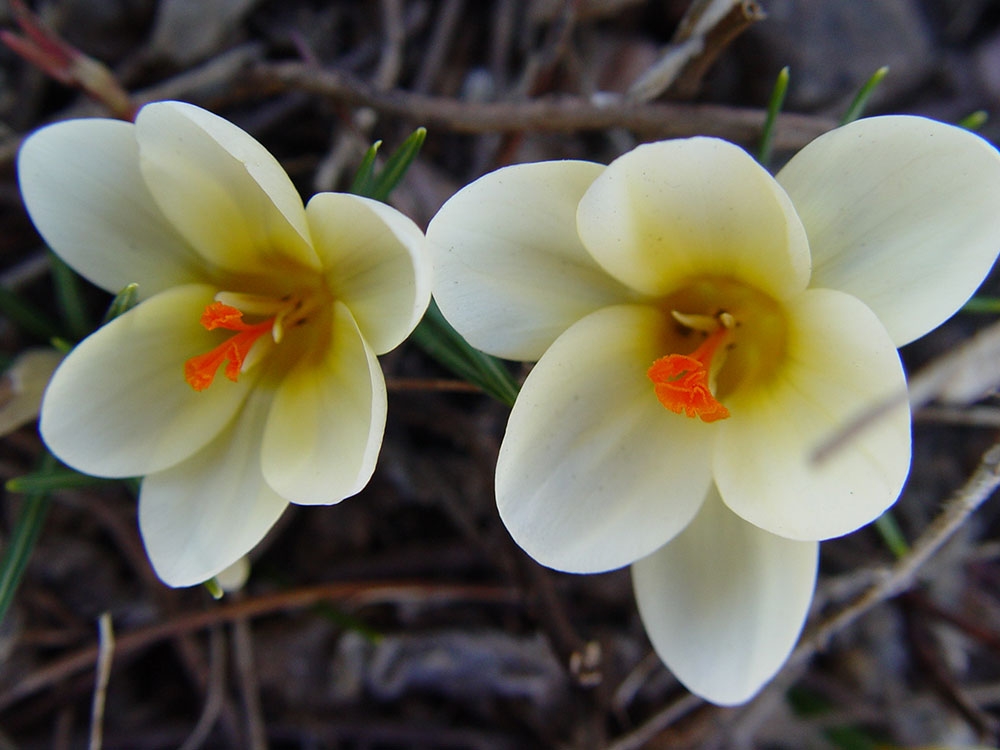
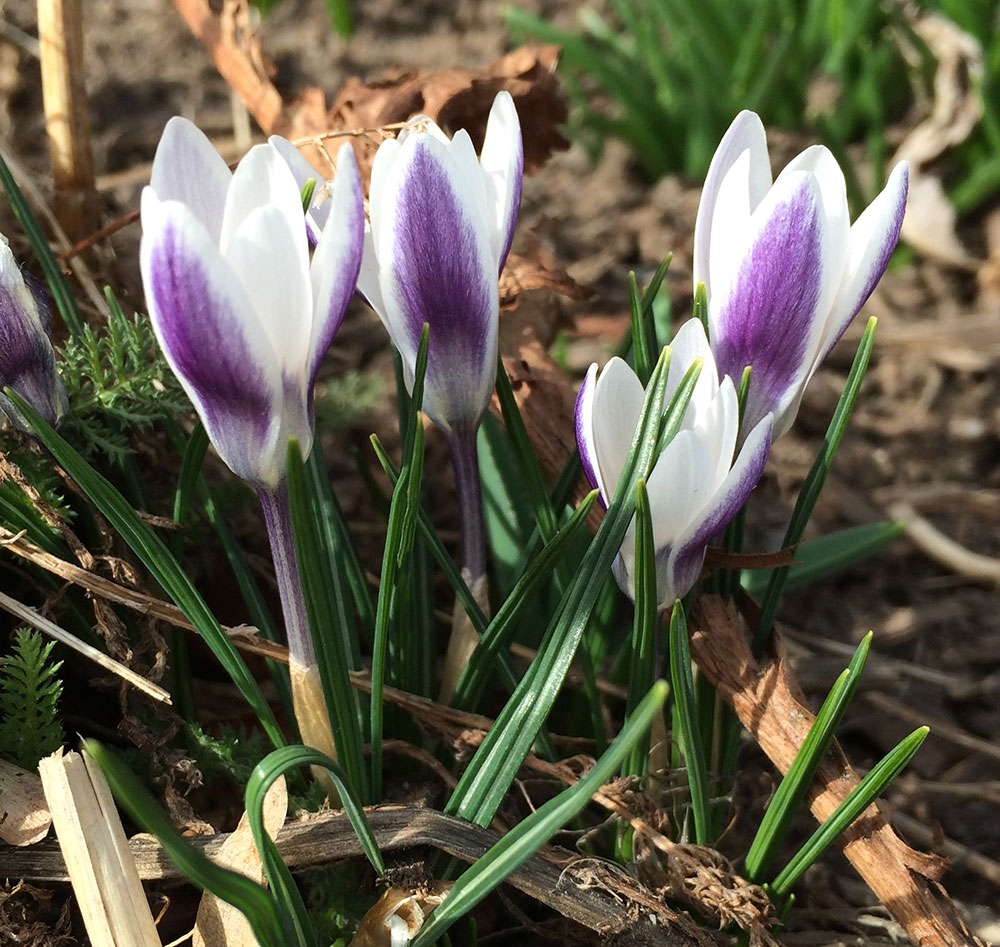
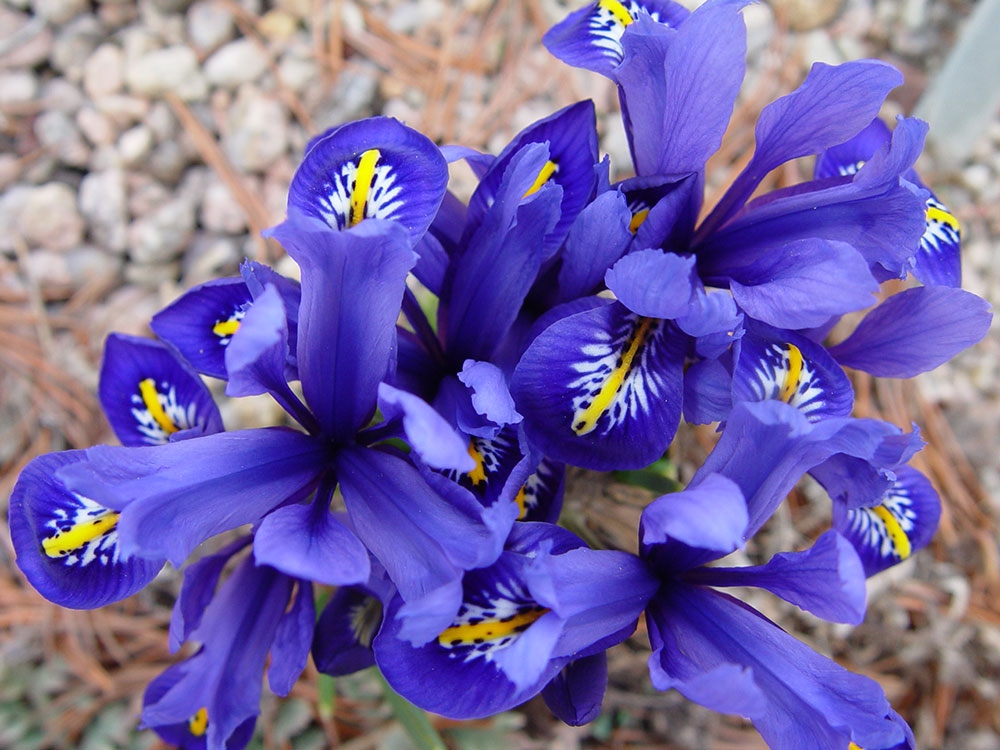
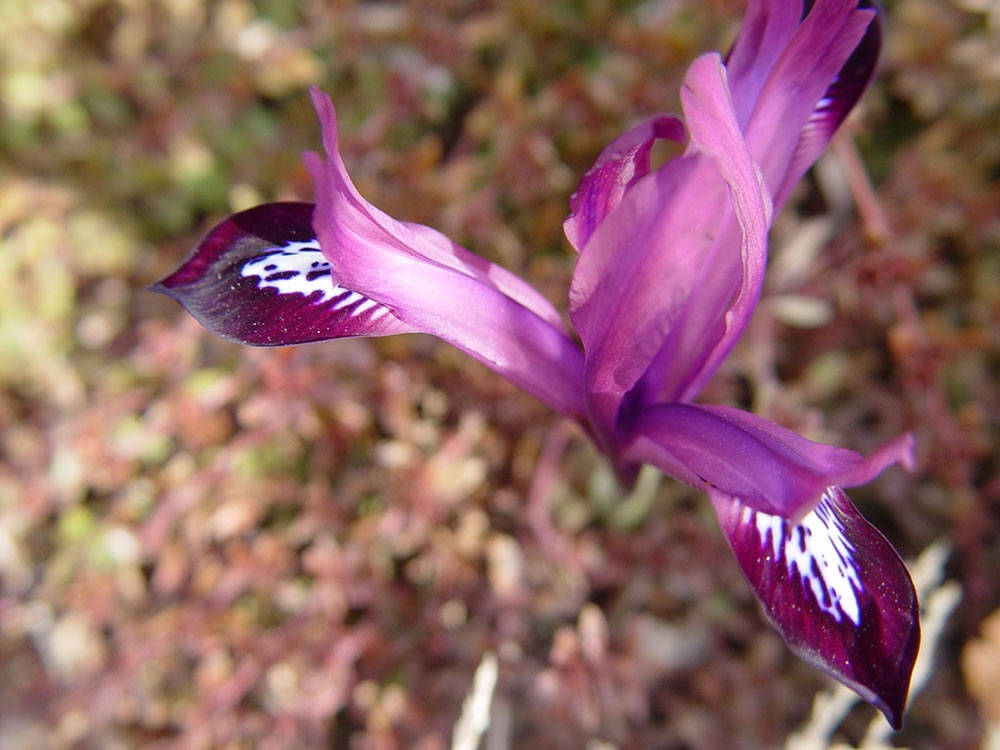
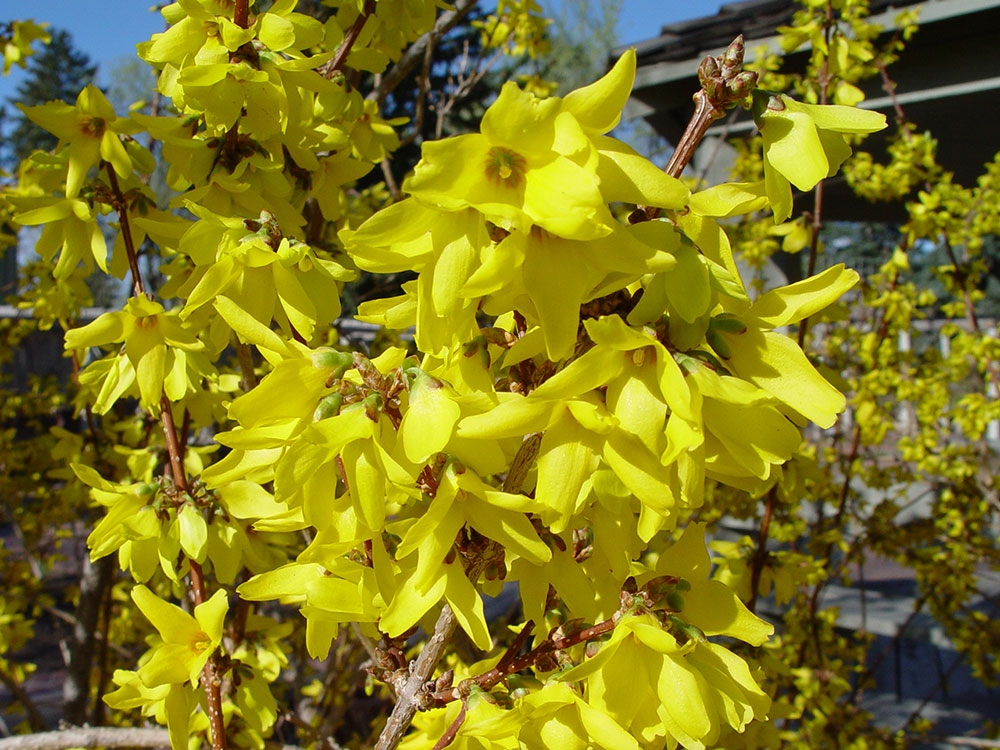
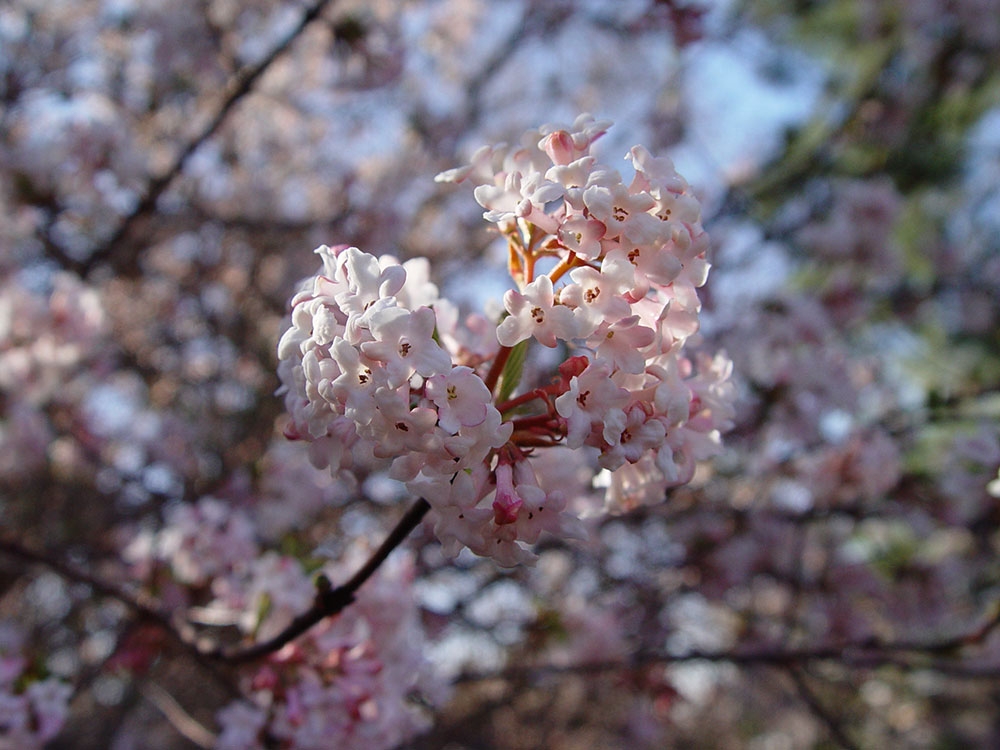
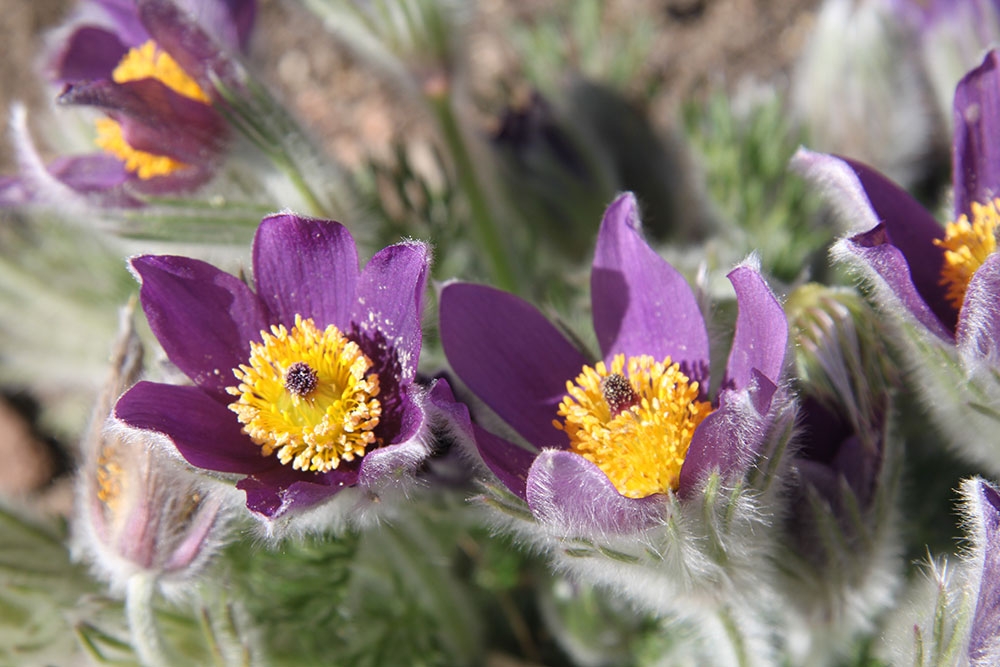
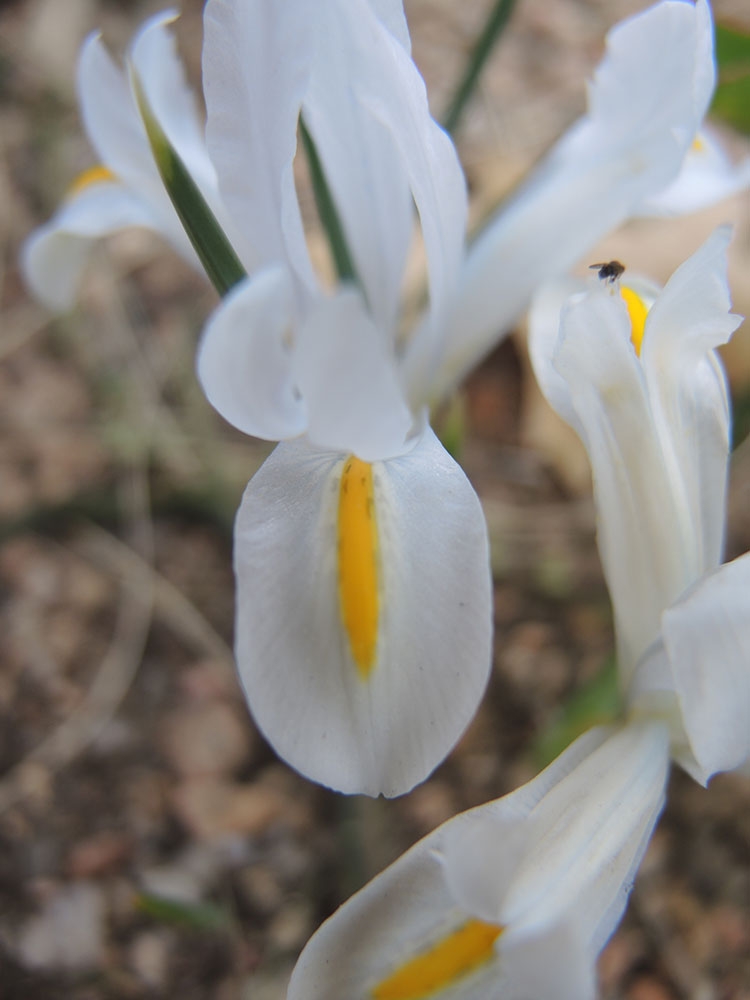
Add new comment